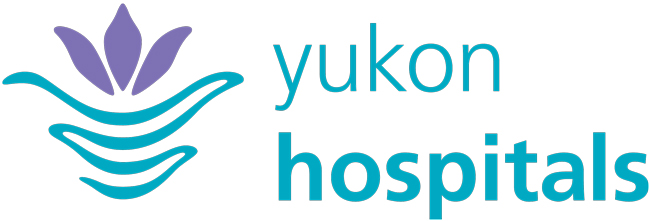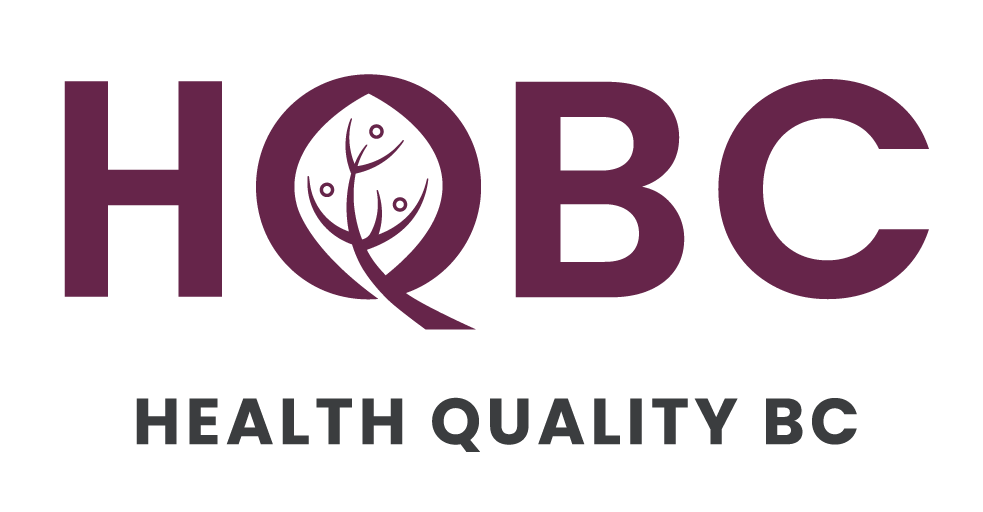Leaving the hospital after an illness or injury can bring a range of emotions and concerns for people and their loved ones.
Most are happy to be heading to the familiarity and comforts of home but, once there, uncertainty often sets in. Will they remember what instructions are needed for successful recovery? What follow-up appointments should be made, and with whom? What medications will be needed, and for how long? Many times, these actions fall to a family member or care partner – if the patient has additional support.
Then there’s the paperwork. Traditional discharge summaries are usually laden with clinical language more suited for health care providers, and not geared to provide patients with the information they’ll need to manage their care at home. There aren’t always standard processes within or between hospitals and other care providers or organizations, either, which can create additional communication challenges during the transition of care.
Health Quality BC (HQBC) is working to change this. HQBC has partnered with Healthcare Excellence Canada (HEC) to improve care transitions from hospital to home and community through the Bridge-to-Home Collaborative for BC and the Yukon.
“We know that effective communication with patients and care partners when they are being discharged from hospital has been repeatedly highlighted as a gap in care. Patients often have a lot on their minds and this can result in feeling confused and unsure of what to expect when they transition to home,” says Dallas Smith, HQBC’s Director of Analytics and Strategic Initiatives. “Sometimes this leads to a poor recovery, with patients landing back in the emergency room or readmitted to hospital, and can put additional pressure on primary care providers.”
Adds Kelly Giesbrecht, a Strategic Initiatives Leader with HQBC: “When hospital care teams have the skills and the established processes to include patients and care partners in their discharge planning, bridging their move from acute care to home and community with relevant, accessible information, we can create an improved experience and better transitions in care.”
What is Bridge-to-Home?
Bridge-to-Home is a quality improvement initiative that uses a suite of tools to help health care teams better engage with patients and care partners in discussions about hospital discharge, making them integral team members in their own care.
Patients and their care partners are the only ones constantly present on every step of their health care journey. This means they bring an important perspective that is invaluable to designing a transition process that makes people more confident in managing care when they return home, helping avoid trips back to hospital and ultimately leading to better health outcomes.
A national Bridge-To-Home collaborative was led by HEC in 2018-20 and included participation from 16 health care teams across Canada to implement a patient-oriented care transitions bundle. Based on its success, HQBC and HEC partnered to offer another edition of Bridge-to-Home, this time focusing on a one-year collaborative of BC and Yukon health care teams that will run until October 2023. The participating teams are Fraser Health’s Regional Access and Flow team, and a newly formed team from the Yukon consisting of the Government of the Yukon (Health and Social Services) and the Yukon Hospital Corporation.
The two teams are using the same patient-oriented care transitions bundle in their improvement initiatives. These interventions are based on employing tools that have been co-designed with patients and care partners to better meet their needs. The package includes:
- a Patient-Oriented Discharge Summary (PODS)
- use of ‘teach-back’ methods for patient and care partner education
- involvement of patients and care partners in discharge processes
- post-discharge follow-up
Bridge-to-Home introduces the elements of the bundle and recognizes there is no one-size-fits-all process for teams to follow in developing their quality improvement project. Rather, this common framework allows them to tailor their approaches to the work based on the needs of health care providers in both hospital and community, and the needs of their patients and care partners.
“Everyone wants and deserves safe, high-quality health care,” says Jennifer Zelmer, President and CEO of Healthcare Excellence Canada. “Working together with partners like Health Quality BC, Bridge-to-Home will help improve experiences for patients, families and care providers when they need it most.”
Meet the Bridge-to-Home Collaborative Teams

Fraser Health Regional Access and Flow Team
The Regional Access and Flow team recognized that some patients with congestive heart failure, chronic obstructive pulmonary disease, insulin-dependent diabetes mellitus, and pneumonia were staying in hospital longer than they needed to, either after being admitted or while still in the emergency department. They plan to use Bridge-to-Home to make improvements in existing discharge planning practices, education and post-discharge follow-up. Beginning with focused Plan-Do-Study-Act (PDSA) cycles at Surrey Memorial Hospital, their plan is to spread using a phased approach across all 12 Fraser Health hospitals. Their goal is to reduce length of stay by helping promote faster healing, improvements in patient and provider experience, and safer transition home with better long-term outcomes.
Government of the Yukon (Health and Social Services) and the Yukon Hospital Corporation
The Yukon team is focusing on care transitions for patients from any Yukon Hospital to their home and community. This also includes care teams that support individuals in communities across the territory. In the Yukon, there are three hospitals: The Whitehorse General Hospital is the primary acute care facility in the territory, and there are also hospitals in Watson Lake and Dawson City. The team plans to use the Patient-Oriented Discharge Summary (PODS) in combination with education, welcoming partners in care, and post-discharge follow-up in a trial of 50 patients transitioning home from the hospital. The initiative will then expand to transitions from hospitals to community nursing centres or hospitals to receiving community mental wellness and substance use teams. The goal of the Yukon team is to improve all care transitions from Yukon hospitals to the community, no matter where in the Yukon patients live.




